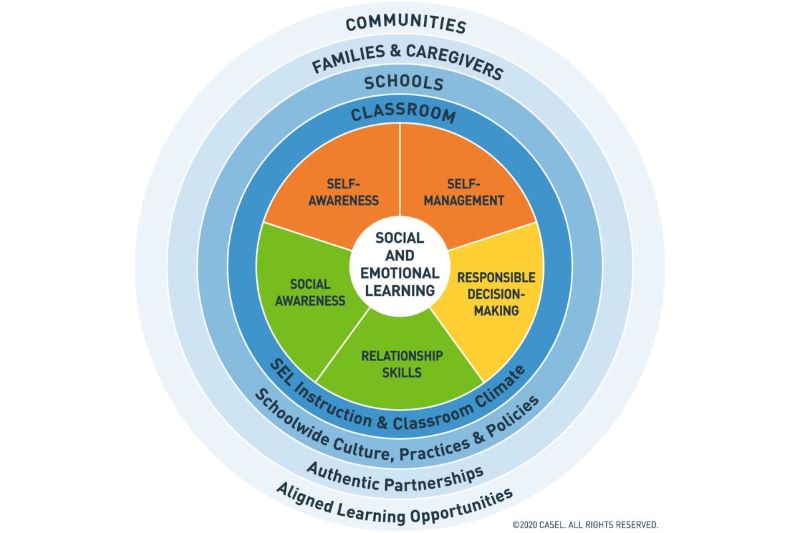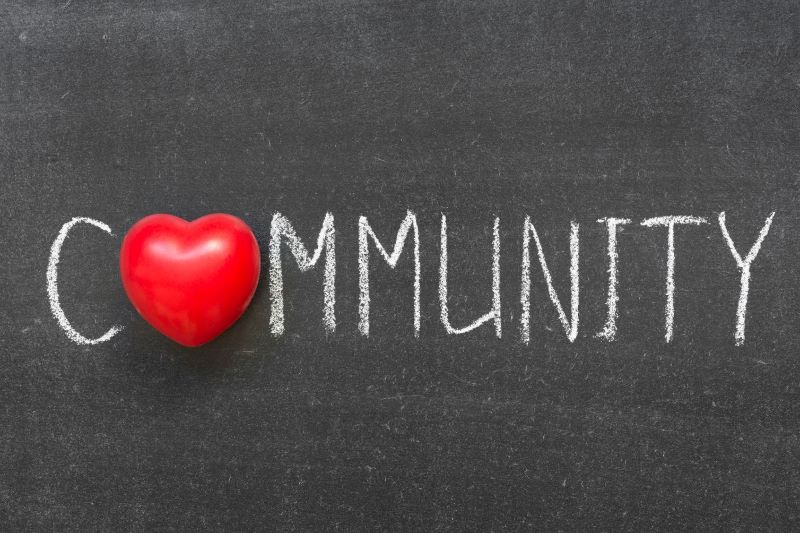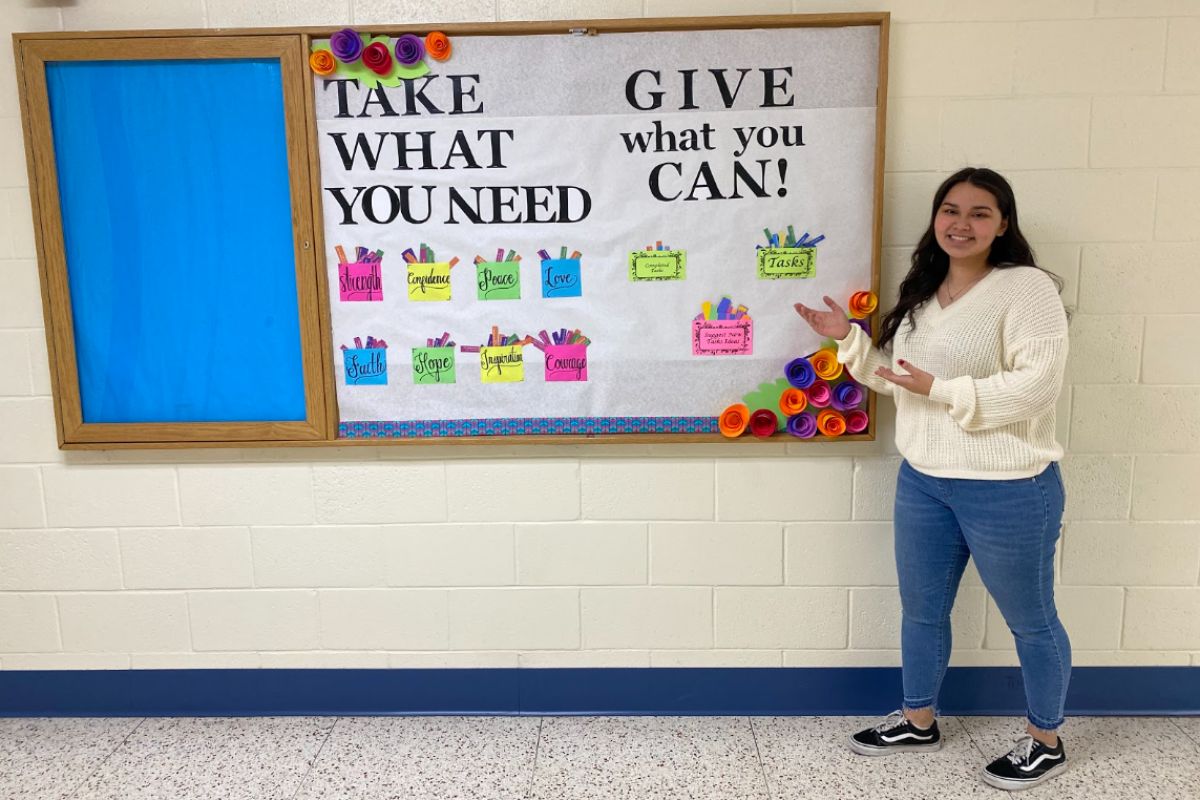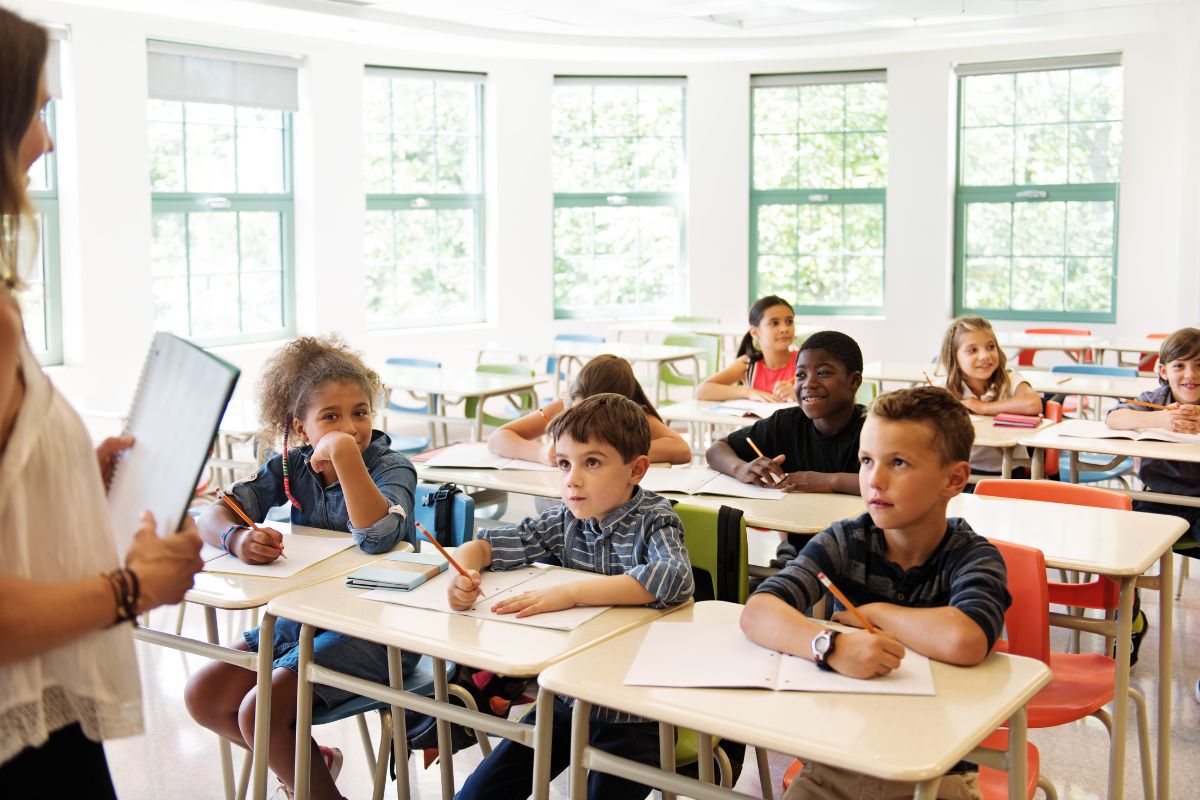Encourage A Strong Home-Community Connection Through Social-Emotional Learning

A robust home and community connection is the next frontier in social-emotional learning competence (SEL). To be effective and impact a child’s life, SEL principles should be apparent in all aspects of society.
Research supports the view that a sturdy foundation in social-emotional learning promotes a child’s life-long social and emotional competence. The World Economic Forum has determined that SEL skills are a necessary part of the future workforce. SEL education should not be siloed within the school but spread outside the school to home and community. School is education central and should endeavor to promote SEL beyond the schoolyard.
But how do you add to an otherwise full agenda in an educator’s life? A solid home and community connection begins with a commitment to the cause and effective use of available resources.
Reasons to Commit
A daily dose of news gives you ample reason to educate everyone about the benefits of social-emotional learning within the outer circle of school. SEL skills build emotionally healthy children and those same children become assets in the community at large. Social-emotional learning, whether in the home, school, or community, is a process of acquiring skills.
Where Do You Begin?

Educators already have open lines of communication with the parents. It is just one step to incorporating SEL in the messaging. An Open House presentation can lay the groundwork for SEL learning. Use the SEL Wheel as a parental teaching tool so they can see how this seamlessly works together with home, school, and community to build social capacity in their child.
Take this one step at a time. Keep the messaging simple but consistently highlight the connection to family and community life.
SEL is user-friendly because it is divided into five equal parts. You can readily divide the school year into five equal parts of SEL education.
I found a classroom newsletter an engaging way to connect with parents. The students become your cub reporters. Each student describes the SEL skill for their parents. Expand that to include ways to make it part of everyday home life just as it is in the classroom.
SEL education should not be an add-on but an integral part of the daily curriculum. A newsletter offers an abundance of learning and connection to the curriculum. It is a writing exercise. It is a programming exercise when you use online newsletter templates. It becomes an art lesson if you add cartoon options to the newsletter.
You could invite letters to the editor from the parents or have students do a letter to the editor segment. Take the idea and turn it around or upside down to suit your classroom needs. There are ways to expand this teachable moment. Every student has a place in this type of classroom project.
As an educator, you multitask by teaching curriculum, embedding SEL, and making real home connections. This is not meant to add to an educator’s workload, and it is one way to communicate SEL knowledge while fulfilling curriculum obligations.
However, this is more than one and done because the goal is to establish a base of knowledge that becomes part of everyday family life. It does not have to be a weekly event. The key here is to create ongoing enthusiasm and commitment on the part of each student. They are your family ambassadors.
Research points to SEL programming having a higher level of effectiveness if it reaches into the family.
Community links might seem a more complex objective but remember that this is a process to impart SEL knowledge.
Methods to Organise a Community Approach

Local news media sites might be open to giving those same cub reporters space on the media site. Local radio stations might also be willing to interview students or present student-created SEL-themed radio plays or student-created music. Audio podcasts on social media sites that the school approves are another way to reach the broader community. The language of SEL needs to spread into the world around the school.
The overarching objective with home and community should be delivering SEL education that helps create an elevated level of societal trust. Connect to them and with them because it is the home and community that holds the SEL wheel together.
When dealing with home and community education, keep it simple. With 21 C attention spans diminishing and family-life time constraints, the language used to deliver this information should be readable and approachable. Look for noteworthy soundbites of varying lengths that can be clearly understood and will catch attention. The most effective message is clear, concise, and organized.
Within your school engage a SEL specialist as a community liaison. In this capacity, the educator becomes the known face in the community and is associated with SEL education. Plan out a school year of community messaging.
Connect SEL to community projects. Community gardens and cleanup are effective ways to give back to the community and make connections. Talk to your students about why volunteerism links to SEL principles. Have them make SEL posters to display when they are helping outside the school. Make SEL a part of any school activity where parents and the community are involved.
The goal is to create conditions to ensure progress toward inclusive, empathetic, safe learning environments that nurture the child and encourage their SEL growth.
The effort you make to shape the home-community SEL learning experience will promote empathy and compassion. These core principles of emotional intelligence help tackle social inequalities that have become, increasingly, a part of society’s everyday life. On the SEL wheel, home and community bind a child’s social competence together.
This article is available and can be accessed in Spanish here









